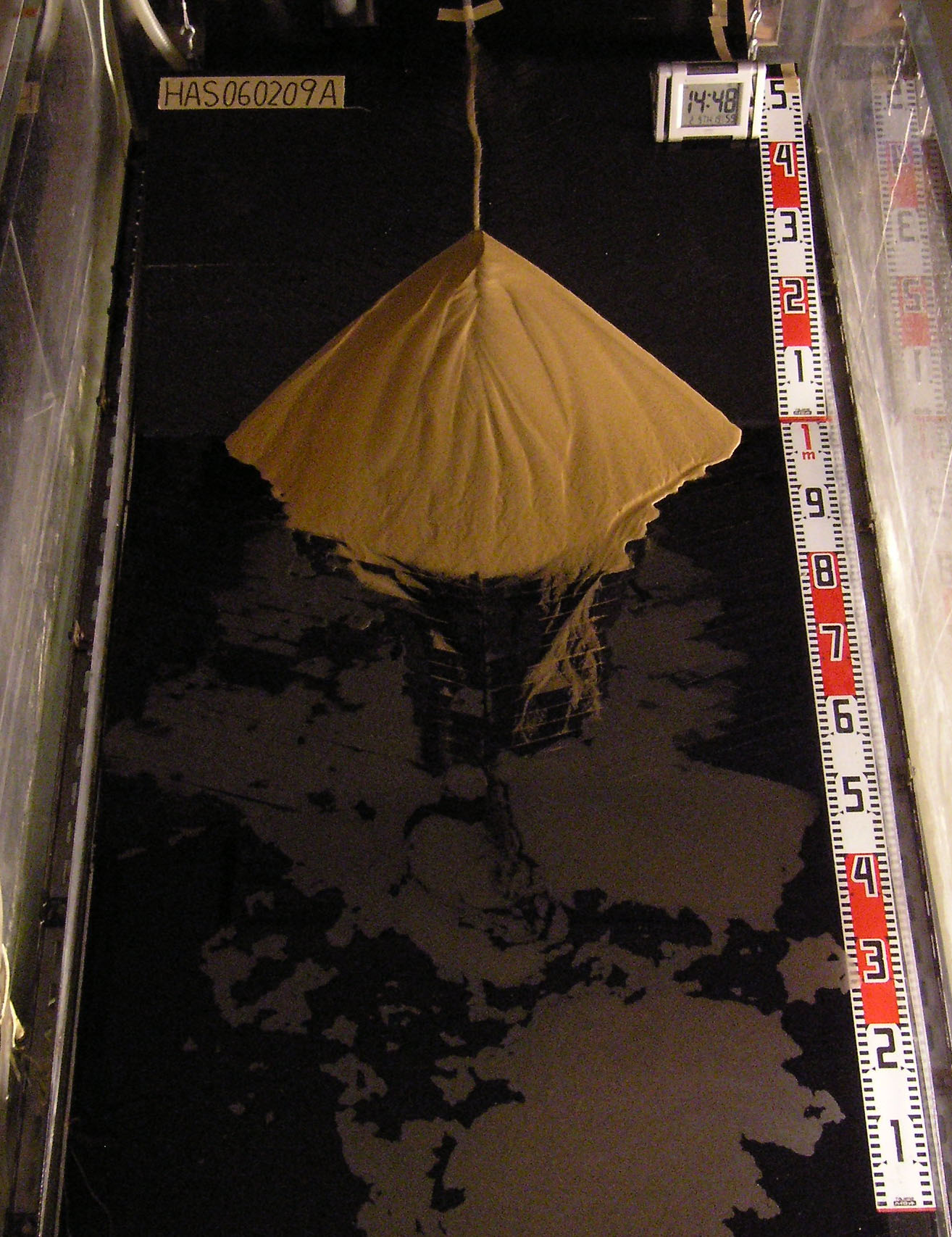|
DYNAMIC STRATIGRAPHY WORKGROUP |
|
Publications and presentations: Publications: Petter, A.L., & Muto, T., 2008, Sustained alluvial aggradation and autogenic detachment of the alluvial river from the shoreline in response to steady fall of relative sea level: Journal of Sedimentary Research, v. 78, p. 98-111.
Conference/meeting presentations: Petter, A.L., Steel, R.J., and Muto, T., 2008, Small lowstand deltas as a consequence of sustained alluvial aggradation during relative sea-level fall: AAPG/SEPM Annual Meeting, San Antonio, Texas. Petter, A.L., and Muto, T., 2008, Aggrading alluvium during base-level fall with lowstand shoreline detachment from the alluvial river: SEPM Sequence Stratigraphy Research Group Meeting (invited talk), AAPG/SEPM Annual Meeting, San Antonio, Texas. Petter, A. L., and T. Muto, 2006, Ever-lasting alluvial aggradation and autogenic detachment from shoreline in response to steady fall of sea level: 17th International Sedimentological Congress, Fukuoka, Japan, O-048. Muto, T., Swenson, J.B., and Petter, A.L., 2006, Geomorphic control on alluvial grade: implications from analog flume/tank experiments: 17th International Sedimentological Congress, Fukuoka, Japan, O-049. |
|
People: Andrew Petter (in collaboration with Tetsuji Muto at Nagasaki University)
Research question(s): A long-standing hypothesis in alluvial stratigraphy holds that rivers will aggrade during relative sea-level fall when they are steeper than the fronting shelf. Will this actually occur? What are the stratigraphic consequences of this behavior? |
|
Autogenic detachment of the alluvial river from the shoreline in flume experiment. |
|
Sustained alluvial aggradation and autogenic detachment of the alluvial river from the shoreline in response to steady fall of relative sea level |
|
Summary of work: Physical (flume) experiments were designed and run at Nagasaki University to test the hypothesis. The experiments found that extensive and sustained alluvial aggradation does occur during relative sea-level fall when rivers are steeper than the shelf. We also documented an interesting nonequilibirum autogenic response in which alluvial aggradation combined with river lengthening gradually consumed the entire sediment budget delivered to the system. The delta was starved of sediment as a result and eventually disappeared. Further relative sea-level fall caused the shoreline to regress away from the alluvial river. This nonequilibrium autogenic response is referred to as “autodetachment” because the shoreline and alluvial river are detached. This study motivated outcrop study of the Lower Castlegate Sandstone (Book Cliffs, Utah). |

|
Shoreline |
|
Bedrock river |
|
Alluvial plain |
|
Bedrock river (source area) |